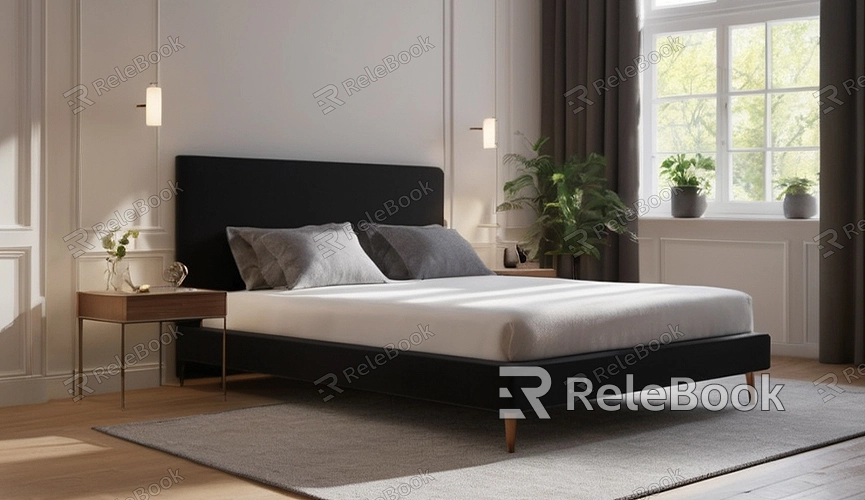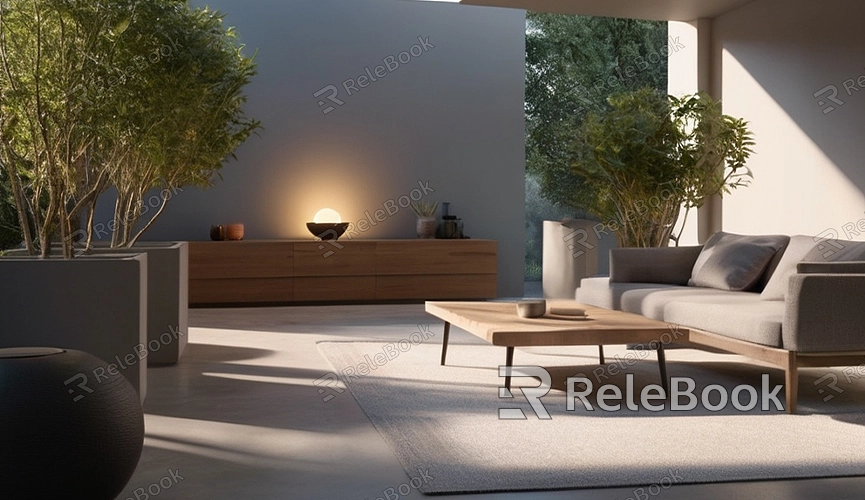How to Only Render Edges in Blender
Blender is a powerful 3D modeling and rendering tool. When creating 3D models, you may often need to adjust the rendering effects. Sometimes, you might want to render only the edges of a model, which can be useful in design and animation projects. This article will explain how to render only edges in Blender to help you achieve this specific rendering effect.
What is Edge Rendering?
Edge rendering refers to rendering only the edge lines of a 3D model while ignoring the surface textures and materials. This effect is often used for technical drawings, sketch-style visuals, or as part of model inspection. Edge rendering allows you to clearly see the structural outline of a model without being distracted by other visual details.

How to Set Up Edge Rendering in Blender
1. Using Freestyle for Edge Rendering
Blender’s built-in Freestyle rendering engine is a powerful tool for achieving edge rendering. Freestyle allows users to draw only the edge lines during rendering, making it suitable for stylized effects and contour drawings.
- Enable Freestyle: First, open Blender and go to the render settings panel. In the “Render Properties” tab, find the “Freestyle” option and check it to enable this feature.
- Set Edge Styles: After enabling Freestyle, you can configure detailed settings in the “Freestyle” panel, including the style and thickness of the edge lines. You can choose different line types (e.g., smooth, thick, color) to adjust the final effect.
- Adjust Edge Settings: In the Freestyle settings, you can select different edge types such as “Boundary Edges” or “Visible Edges” and adjust the way and style of edge drawing as needed.
- Render Image: After configuring the settings, click the “Render” button. Blender will generate an image containing only the edge lines. You can view the results in Blender’s Image Editor to ensure the edge rendering effect meets your needs.

2. Using Wireframe View for Edge Rendering
Another method is to use Blender’s Wireframe view to achieve an edge effect. This method is mainly suited for viewing the edge structure of a model in the 3D view rather than for final render images.
- Switch to Wireframe View: In Blender’s 3D view, press the “Z” key and select “Wireframe” view mode. This allows you to see the model’s edges without displaying surface materials.
- Save Screenshot: If you need to save the Wireframe view, use Blender’s screenshot feature. Go to the “View” menu and select “Screenshot” to save the Wireframe view as an image file.
3. Using Shader Nodes to Create Edge Effects
In Blender’s Shader Editor, you can also create custom shaders to achieve edge effects. This method is suitable for situations where you need to implement edge effects on materials.
- Open Shader Editor: In Blender, go to the “Shading” workspace and open the Shader Editor.
- Create Custom Shader: Use the “Wireframe” node or other appropriate nodes to create a custom material. These nodes help you achieve an effect that only shows the edges of the model.
- Apply Material: Apply the custom material to the model and render. Adjust the material settings to achieve the desired edge effect.
Practical Applications and Considerations
Edge rendering can be used for various practical applications, including:
- Technical Drawings: In design and engineering drawings, edge rendering helps showcase the structure of the model.
- Animation and Stylized Effects: In animation production, edge rendering can create sketch-style visual effects.
- Model Inspection: Edge rendering helps inspect the topology of a model, ensuring no unnecessary complexity or errors.
Note that edge rendering might affect the final image’s details and quality, so choose the appropriate rendering method based on your needs.
Blender offers multiple methods for edge rendering, whether through the Freestyle rendering engine, Wireframe view, or custom Shader nodes. Each method can meet different needs. If you need high-quality 3D textures, HDRIs, or 3D model downloads for creating models and virtual scenes, you can get them from Relebook. After downloading, simply import the textures and 3D models into your project. I hope this guide helps you effectively render edges in Blender, making your creative process more efficient and smooth.

